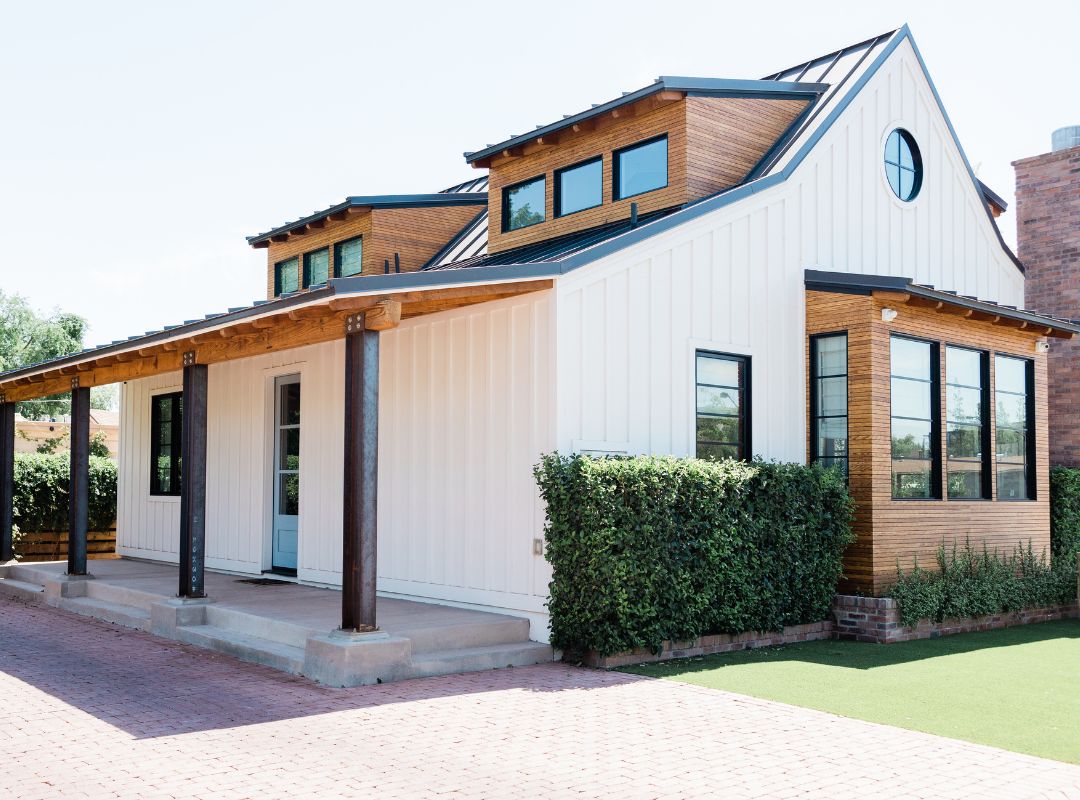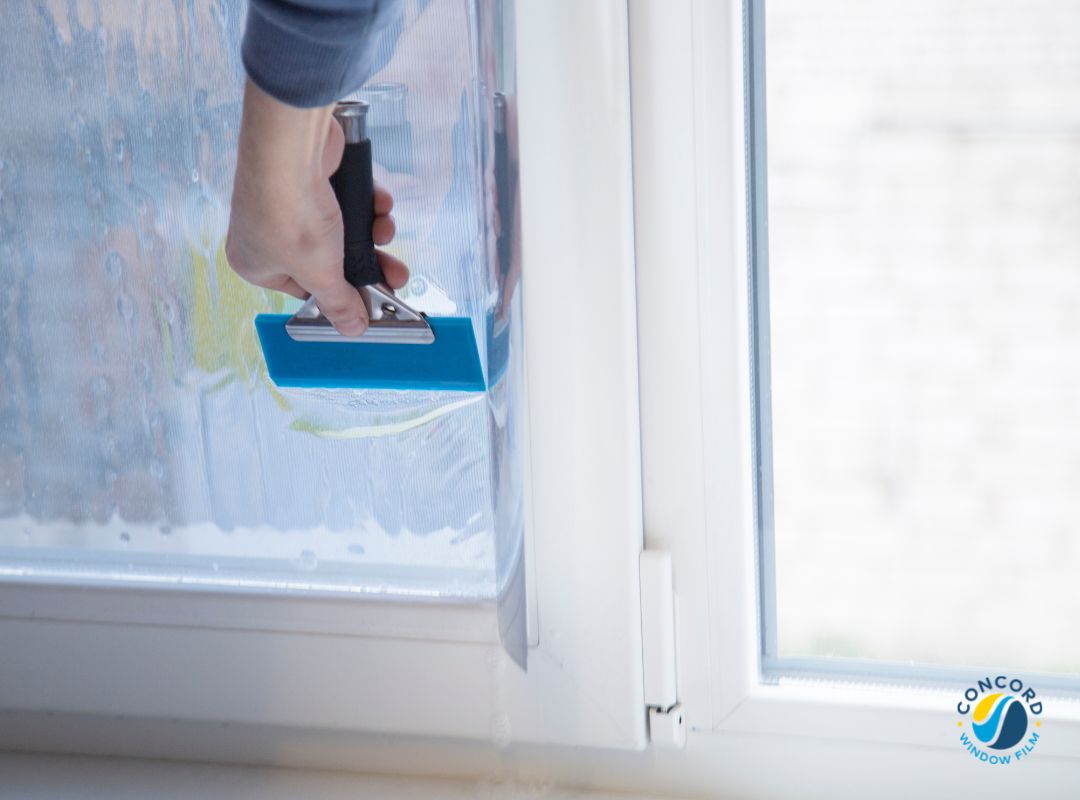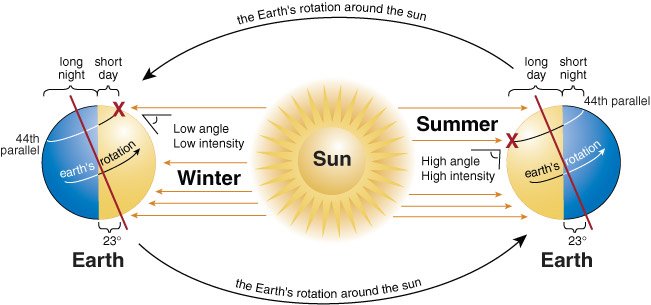
FREE SHIPPING ON PRECUT KIT ORDERS OF $100 OR MORE

For folks thinking about upgrading the windows in their home with film, a common question we get asked is where to install window film?
There are really two questions there to answer: first, do we apply the film on the inside of a window or the exterior side of the window? And secondly, what windows in my house are the best candidates for window film? Or another way of saying it is what windows will offer the biggest improvement in solar control and energy savings?
Read on to learn the answers to both and understand where to install window film!
This is a common question we receive!
While there are some flat glass window films that are applied to the outside of the glass/building – all of Concord Window Film’s products are made to be applied to the inside of the glass in your home.

If you are interested in solar control window film to cool your home and lower your energy bills, there are definitely some windows that need it more than others in your home. To determine where you will get the most bang for your buck, it’s important to first understand how the sun moves in the sky.
Did you know that in the Northern Hemisphere, the sun moves in an arc that leans slightly to the south? This means that south-facing windows get the brunt of the sun all day long. West-facing windows get the hot and bright afternoon sun and are the second-hottest windows. East-facing windows get the gentlest direct sun in the morning, and North-facing windows get mostly indirect sun and are the coolest.

Figure 1 is a diagram from the Florida Solar Energy Center depicting how the sun hits a house on the Winter and Summer Solstices at the 28 parallel north which runs through Florida and Southern Texas.
If you live in the sunbelt, you might consider installing film on all of your windows to lower your cooling costs. If there is a budget to consider, the most important windows to film are the south-facing windows, followed by west, then east and finally north.
If you have a west-facing room with a TV, the low angle of the setting sun can also cause glare and viewing problems. A good window film can help you reduce glare as well.
If you are unsure of exactly the orientation of your home, type your address into Google maps and you will be able to see which rooms face each direction.
Of course, it is not the sun that is moving, Earth is moving through its daily rotation and annual orbit around the sun. And because the Earth is tilted on its axis, the sun appears to change its position in the sky with the seasons. In reality, the Earth’s orbit is changing and Earth’s position in the orbit is creating the seasons.

In the Northern Hemisphere, Earth tilts toward the sun for half of the year between the end of March (beginning on March 21st, the Spring Equinox) and the end of September (September 21st, the Autumnal Equinox). When we tilt towards the sun, the sun appears higher in the sky and for a longer period culminating in the Summer Solstice (June 21st) the longest day of the year.
Between September 22nd and March 20th, the Northern Hemisphere tilts away from the sun and we have the Fall and Winter seasons. When we tilt away from the sun, the sun appears lower in the sky and follows a shorter path leading to shorter hours of sunlight culminating in the Winter Solstice (December 21st).
As you can see from Figure 1, the low angle of the sun in winter can cause glare problems, especially through south-facing windows. In the summer, the sun’s rays will hit east, south, and west-facing windows, with south-facing windows getting direct sun for the longest period.
Knowing which windows get the most sun in your home, and identifying any that pose a glare issue will help you to determine where to install window film. And installing window film is an easy job you can do yourself.
With a little preparation and a professional-grade film like ComforTech Ceramic Series film, window film installation can be an easy weekend DIY project.